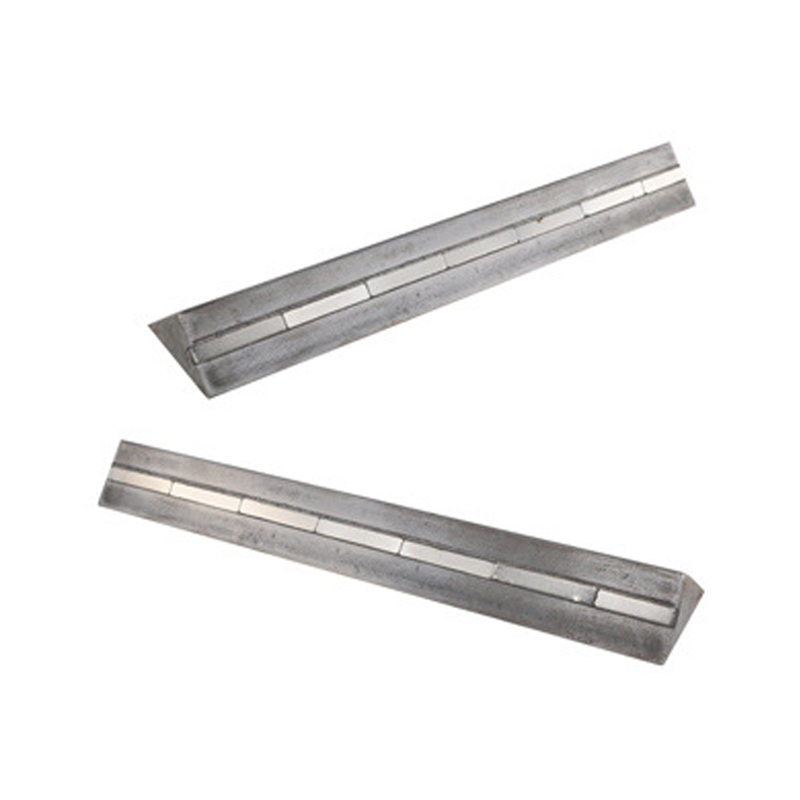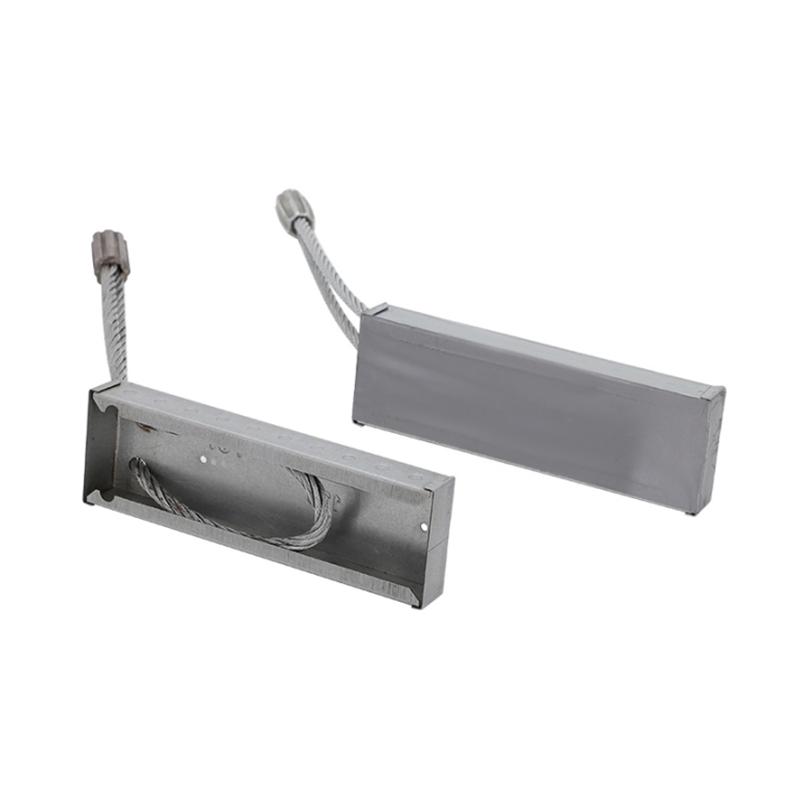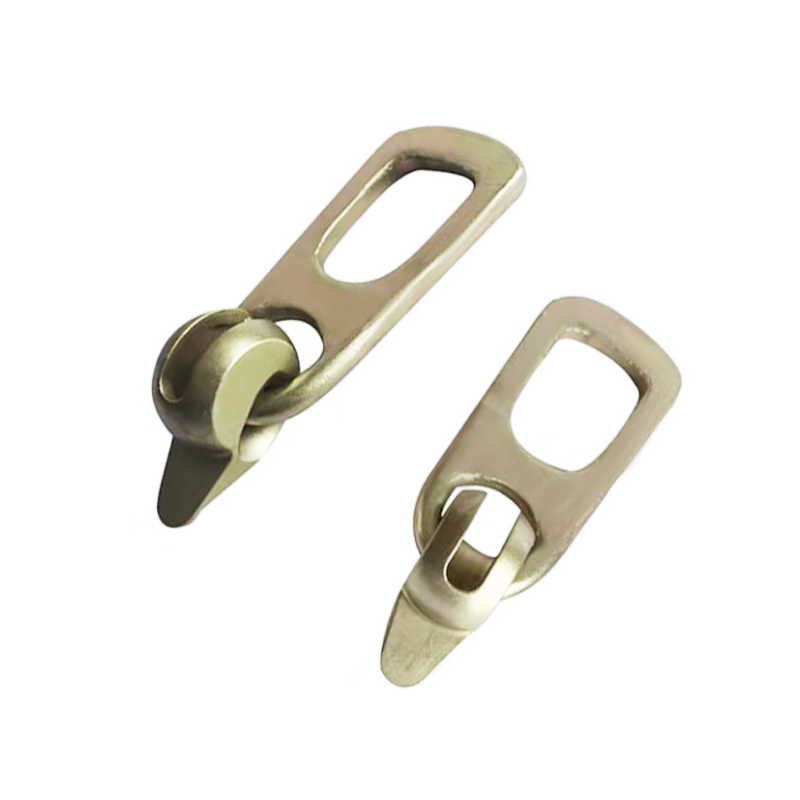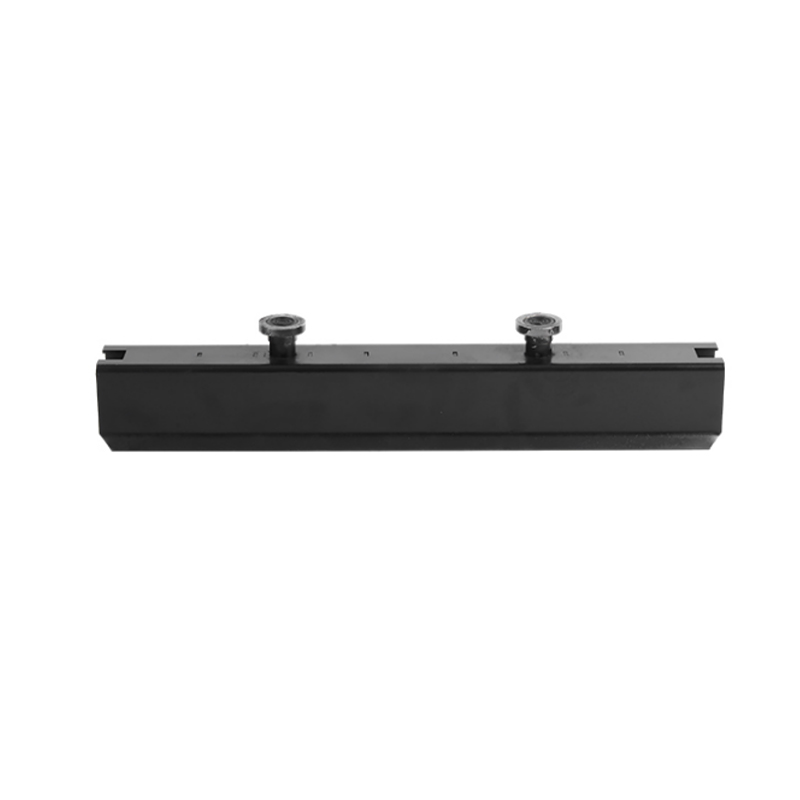| Date/Period | Event/Development | Key Details | Impact/Data | Source/Entity |
| July 2025 | Commercialization of Self-Healing Concrete | BASF launches "MasterLife REC 200" capsules containing limestone-producing bacteria, embedded in precast panels. | Cracks ≤0.3mm autonomously sealed in 14 days; extends structure lifespan by 25%. | BASF R&D Center, Ludwigshafen |
| Q2 2025 | Robotic 3D Scanning for Assembly Accuracy | Vinci Construction adopts laser-scanning robots on Singapore HDB projects to verify precast component alignment. | Reduces installation errors from 8mm to ≤1.5mm; cuts rework costs by 35%. | Vinci Tech Report |
| 2025 Global | UHPC Wind Turbine Towers Expansion | Global UHPC usage surges 79% YoY (2023-2025), with 25% dedicated to wind tower segments. Precision: ≤2mm tolerance. | Enables 180m+ hub heights; corrosion resistance equivalent to C60 concrete. | Global Wind Energy Council |
| June 2025 | Low-Carbon Aggregate Mandate in EU | EU Carbon Border Adjustment Mechanism (CBAM) requires imported precast elements to use ≥30% recycled aggregates. | Chinese exporters adopting slag/ceramic waste substitutes; CO₂ footprint down 18%. | European Commission |
| H1 2025 Trade | Specialized Pile Demand in SE Asia | Soft-soil foundations drive 42% YoY growth in prestressed pile exports to Vietnam/Indonesia. New pile types: • Corrosion-resistant (for marine works) • Hollow-core (for geothermal integration) | China exports 4.26B linear meters; 73% for infrastructure anchors. | China Cement Association |
| 2025 Innovation | Phase-Change Materials (PCM) Integration | Holcim’s "Thermassemble" precast walls incorporate microencapsulated paraffin (melting point: 23°C). | Regulates indoor temp ±4°C; reduces HVAC energy by 30% in tropical climates. | Holcim Sustainability Lab |
| May 2025 | AI-Powered Release Agent Optimization | Sika’s "SikaRelease AI" analyzes formwork texture/ambient humidity to adjust release agent spray volume. | Cuts consumption by 22%; prevents 19k tons/year of chemical runoff. | Sika Product Launch |
Critical Analysis:
-
Material Science Leap
- Self-healing concrete: Bio-based repair extends maintenance cycles for critical infrastructure (bridges, offshore platforms).
- PCM walls: Energy-neutral buildings gain traction in ASEAN high-rises, aligning with net-zero commitments.
-
Automation & Precision
- Robotic scanning: Addresses chronic field assembly inaccuracies in high-density urban projects.
- AI release agents: Reduces chemical waste while maintaining formwork reuse rates (50+ cycles).
-
Trade Compliance Shift
- EU CBAM mandate: Forces Asian manufacturers to reformulate mixes with industrial byproducts (slag, fly ash).
-
Renewable Energy Synergy
- UHPC towers: Enables taller turbines for low-wind zones; precision casting critical for boltless assembly.
- Geothermal piles: Hollow-core designs allow ground-source heat exchange in urban developments.









